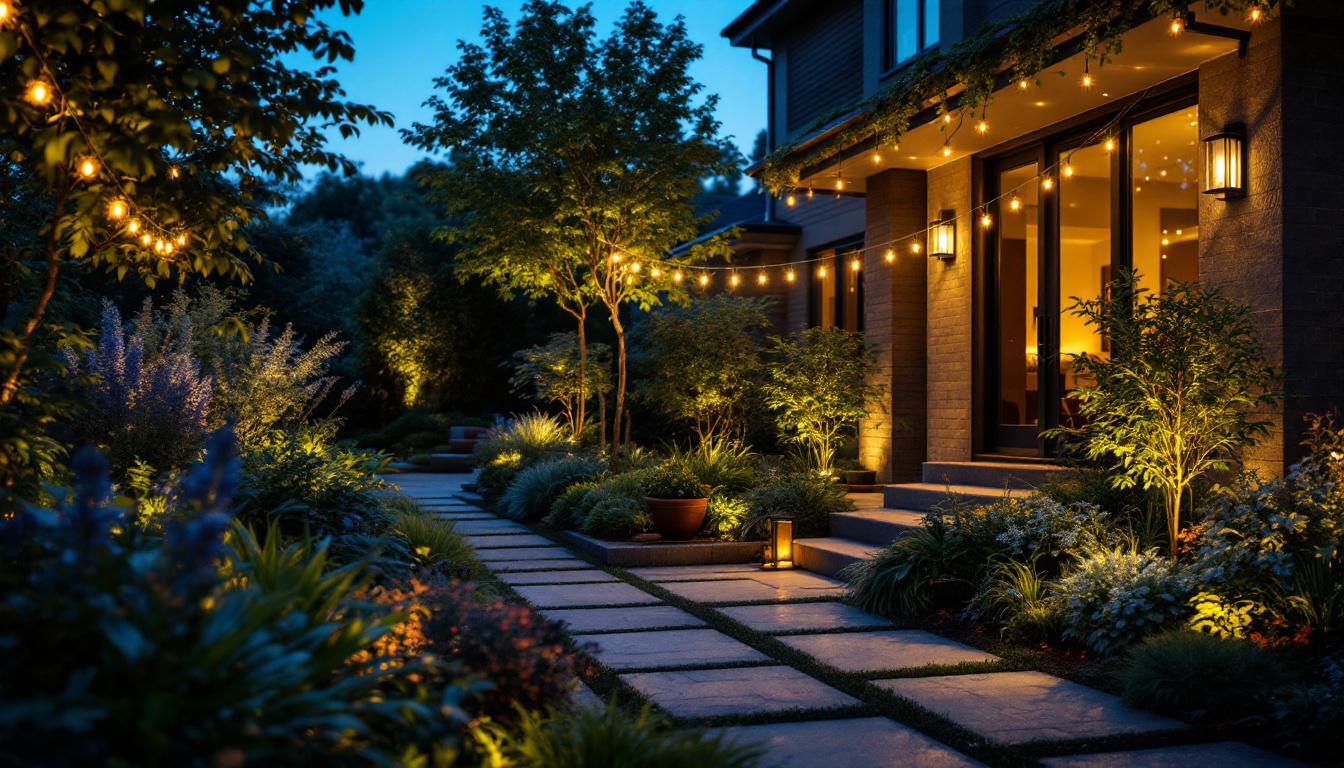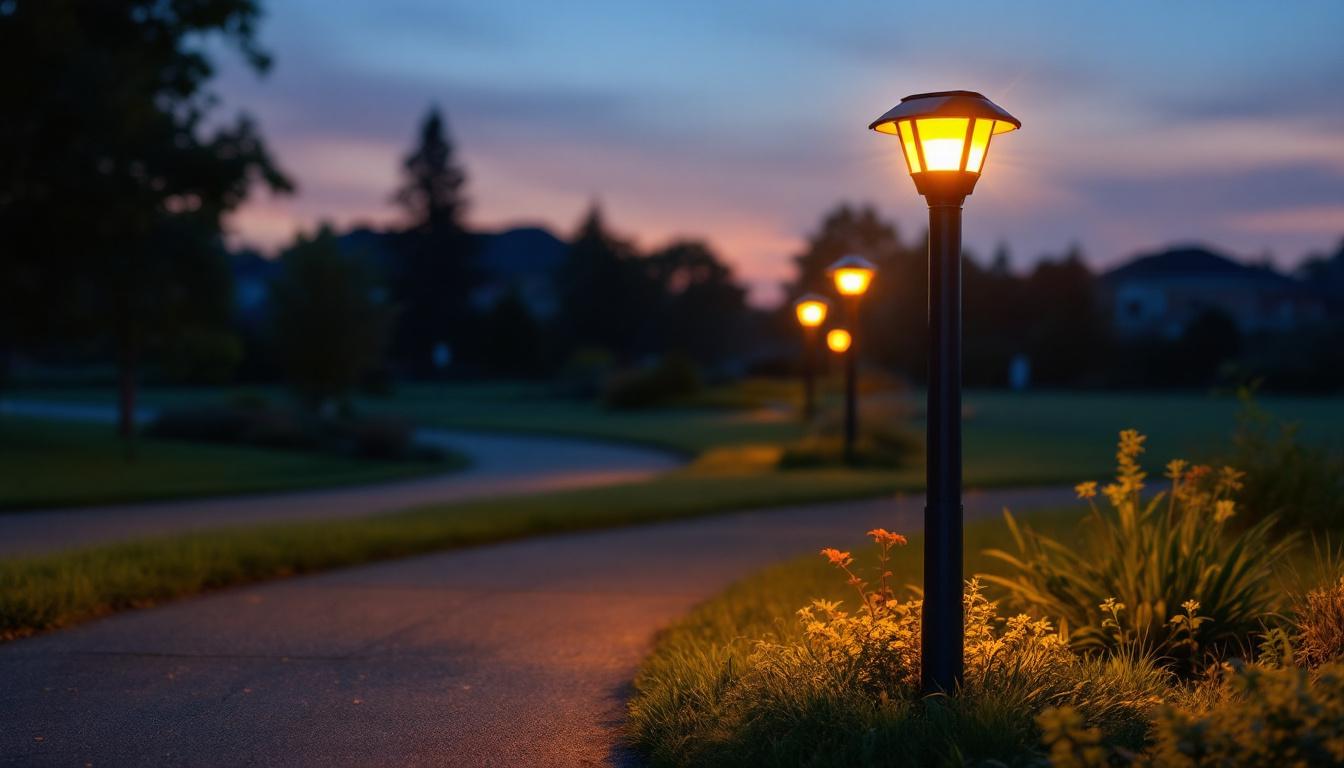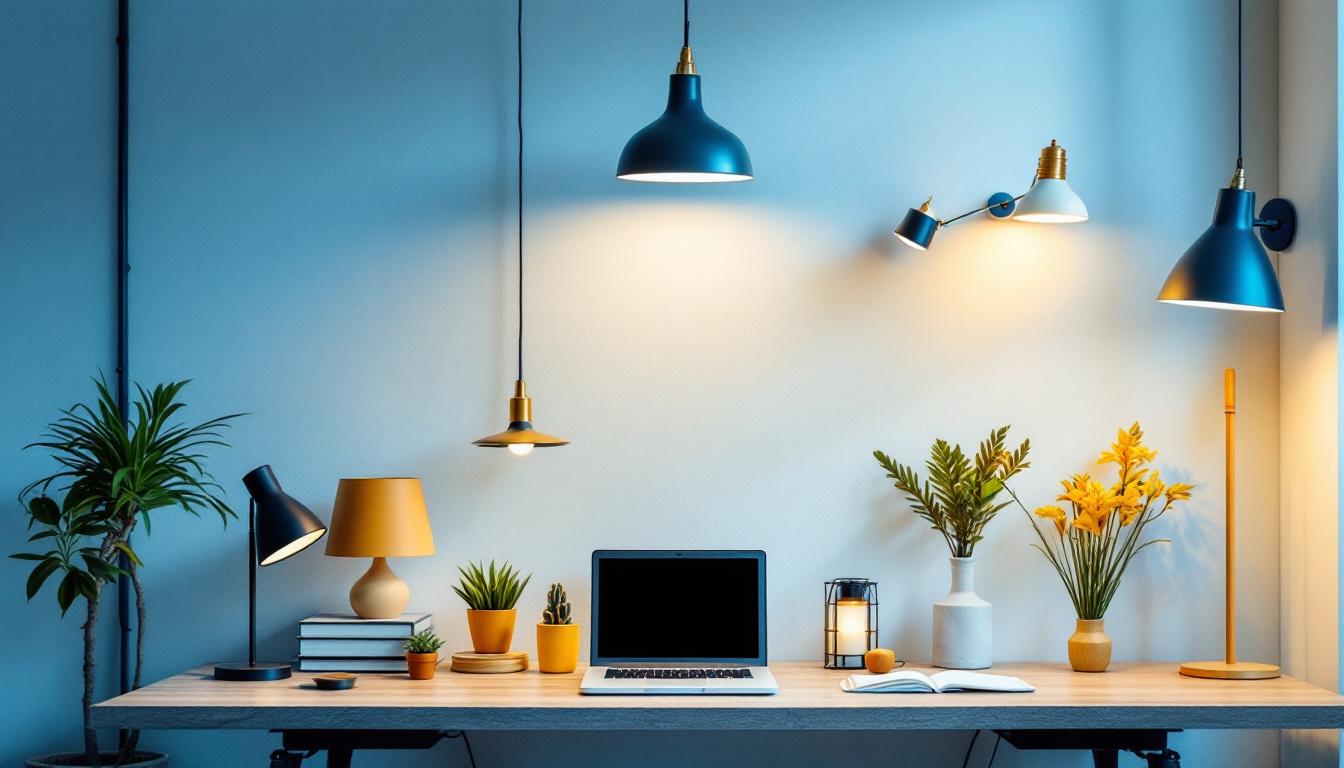
In the realm of lighting design, the importance of proper illumination cannot be overstated, especially when it comes to staircases. Stairways are often overlooked in lighting projects, yet they are crucial for safety and aesthetics. Choosing the right light fixtures for stairs not only enhances the visual appeal of a space but also ensures that occupants can navigate safely. This article explores the various aspects of selecting and installing light fixtures for stairs, providing valuable insights for lighting contractors.
stair lighting serves multiple purposes, from enhancing safety to improving the overall ambiance of a space. Properly illuminated staircases reduce the risk of accidents, making it essential for both residential and commercial settings.
One of the primary reasons for installing light fixtures on stairs is safety. Poorly lit staircases can lead to falls and injuries, particularly in high-traffic areas. Adequate lighting ensures that each step is visible, allowing individuals to navigate with confidence. This is especially important in homes with children or elderly residents, where the risk of accidents is heightened. Furthermore, incorporating motion-sensor lights can provide an added layer of convenience and safety, automatically illuminating the stairs as someone approaches, thus eliminating the need to fumble for a switch in the dark.
In addition to safety, well-placed lighting can significantly enhance the aesthetic appeal of a staircase. Creative lighting design can transform a mundane stairway into a stunning focal point. By using various types of fixtures, such as wall sconces, recessed lights, or pendant lights, contractors can create a visually striking environment that complements the overall decor of the space. Moreover, the choice of color temperature can also influence the mood; warm white lights can create a cozy atmosphere, while cooler tones can lend a more modern and sleek feel. Accent lighting can highlight architectural features or artwork along the staircase, further enriching the visual experience and inviting admiration from guests.
In today’s environmentally conscious world, energy-efficient lighting options have become a priority for many homeowners and businesses. LED lights, for instance, consume significantly less energy than traditional incandescent bulbs and have a longer lifespan, making them a sustainable choice for stair lighting. Additionally, integrating smart lighting systems allows for greater control over energy usage; users can set timers or adjust brightness levels according to their needs. This not only contributes to lower electricity bills but also aligns with a commitment to reducing one’s carbon footprint, making stair lighting a responsible choice for the eco-conscious individual.
The versatility of stair lighting allows for an array of design possibilities that can cater to various architectural styles and personal preferences. From minimalist designs that emphasize clean lines to ornate fixtures that add a touch of elegance, the options are virtually limitless. Designers can also incorporate lighting into the staircase itself, such as tread lights or illuminated handrails, which not only enhance safety but also add a unique flair. Furthermore, seasonal or festive lighting can be easily integrated, allowing homeowners to adapt their stair lighting to reflect different occasions or holidays, making the staircase a dynamic element of the home’s decor.
When it comes to selecting light fixtures for staircases, there are several options available. Each type of fixture offers unique benefits and can be used to achieve different lighting effects.
Recessed lighting is a popular choice for staircases due to its sleek and unobtrusive design. These fixtures are installed directly into the ceiling, providing a clean look that doesn’t detract from the overall aesthetic. Recessed lights can be strategically placed to illuminate each step, ensuring that the entire staircase is well-lit without overwhelming the space.
Wall sconces are another excellent option for stair lighting. These fixtures can be mounted on the walls adjacent to the staircase, providing both ambient and task lighting. Sconces come in various styles, allowing contractors to choose designs that align with the overall theme of the space. Additionally, they can be placed at different heights to create visual interest and enhance the architectural features of the staircase.
Pendant lights can add a dramatic flair to staircases, particularly in larger spaces with high ceilings. These fixtures hang from the ceiling and can be positioned above landings or at the top of the stairs. The downward illumination provided by pendant lights can highlight the staircase while also serving as a decorative element. When selecting pendant lights, it is important to consider the scale and style to ensure they complement the surrounding decor.
Designing effective lighting for stairs involves more than just choosing the right fixtures. Several factors must be taken into account to create a cohesive and functional lighting scheme.
Brightness plays a crucial role in stair lighting. It is essential to select fixtures that provide adequate illumination without being overly harsh. A general rule of thumb is to aim for around 100-200 lumens per step, depending on the size and layout of the staircase. Additionally, the color temperature of the light can impact the ambiance. Warmer tones (2700K-3000K) create a cozy atmosphere, while cooler tones (4000K-5000K) offer a more modern and energetic feel.
The placement and spacing of light fixtures are vital for achieving even illumination. Fixtures should be positioned to eliminate shadows and ensure that every step is visible. For recessed lighting, a good guideline is to install fixtures every 4-6 feet along the staircase. When using wall sconces, they should be placed at eye level for optimal effect. Proper spacing not only enhances safety but also contributes to a well-balanced lighting design.
The style and finish of light fixtures should align with the overall design theme of the space. Whether the staircase is traditional, modern, or eclectic, there are fixtures available to match any aesthetic. Contractors should consider materials, colors, and shapes to ensure that the lighting complements the architecture and decor. A cohesive design will enhance the overall appeal of the staircase and create a harmonious environment.
In today’s environmentally conscious world, energy efficiency is a critical consideration in lighting design. Selecting energy-efficient fixtures can significantly reduce energy consumption and lower utility bills.
LED lights are an excellent choice for stair lighting due to their energy efficiency and long lifespan. They consume significantly less energy than traditional incandescent bulbs and produce less heat, making them safer for enclosed spaces. Additionally, LED fixtures are available in a variety of styles and color temperatures, allowing for versatility in design.
Integrating smart lighting solutions into stair lighting can enhance both convenience and efficiency. Smart bulbs and fixtures can be controlled remotely via smartphones or home automation systems, allowing users to adjust brightness and color temperature as needed. Additionally, motion sensors can be installed to automatically turn on lights when someone approaches the stairs, further enhancing safety and energy savings.
Proper installation is crucial for ensuring that stair lighting functions effectively and safely. Here are some essential tips for lighting contractors to consider during installation.
Before beginning any installation, it is essential to be familiar with local building codes and regulations regarding lighting. Compliance with these codes ensures that the installation is safe and legal. Additionally, adhering to guidelines can help contractors avoid potential issues during inspections.
Stair lighting installations may require specific electrical considerations, such as wiring and circuit load. Contractors should assess the existing electrical system to determine whether upgrades are necessary to support the new fixtures. Properly sizing circuits and ensuring that wiring meets safety standards is essential for a successful installation.
Once the fixtures are installed, it is important to test and adjust the lighting levels to achieve the desired effect. This may involve dimming certain fixtures or repositioning them for optimal illumination. Taking the time to fine-tune the lighting will enhance the overall appearance and functionality of the staircase.
Regular maintenance is essential to ensure that stair lighting remains functional and visually appealing over time. Proper care can extend the lifespan of fixtures and maintain safety standards.
Dust and debris can accumulate on light fixtures, reducing their effectiveness and altering the quality of light. Regular cleaning should be part of maintenance routines, especially in high-traffic areas. Contractors should educate clients on how to clean fixtures safely and effectively without damaging them.
As technology advances, upgrading light fixtures may become necessary to improve energy efficiency or aesthetics. Contractors should stay informed about the latest lighting innovations and be prepared to recommend upgrades to clients when appropriate. This not only enhances the lighting design but also provides clients with the best possible solutions for their needs.
In conclusion, light fixtures for stairs are an essential component of successful lighting projects. They enhance safety, improve aesthetics, and contribute to the overall functionality of a space. By understanding the various types of fixtures available, considering design elements, and ensuring proper installation and maintenance, lighting contractors can create stunning and safe stair lighting solutions. Investing time and effort into stair lighting will not only benefit clients but also elevate the contractor’s reputation in the industry.
Ready to elevate your lighting projects with the best in stairway fixtures? Look no further than LumenWholesale, where we provide contractors with superior, spec-grade lighting products at unbeatable wholesale prices. Say goodbye to local distributor markups and hello to our extensive selection that meets the highest industry standards. With LumenWholesale, you’ll enjoy the convenience of bulk buying with free shipping, ensuring you get premium lighting at the best value — without any hidden fees. Enhance the safety, aesthetics, and functionality of your stair lighting projects today. Wholesale Lighting at the Best Value is just a click away.

Discover top outdoor lighting for sale and learn how lighting contractors can boost project success with innovative solutions. Enhance your offerings—shop now!.

Discover the frequent pitfalls lighting contractors encounter when installing solar lighted mailbox posts.

Discover how partnering with lighting contractors for growing lights can revolutionize your vegetable business.

Discover how lamps and fixtures drive lighting contractors’ success with expert tips, industry stats, and design insights. Boost your projects—read now!.